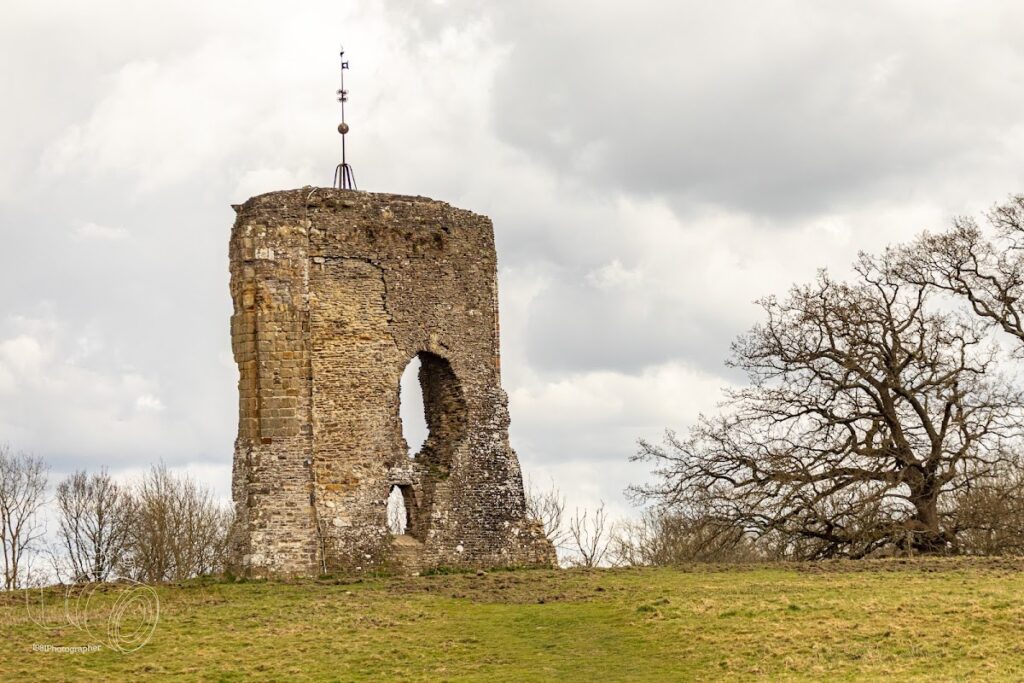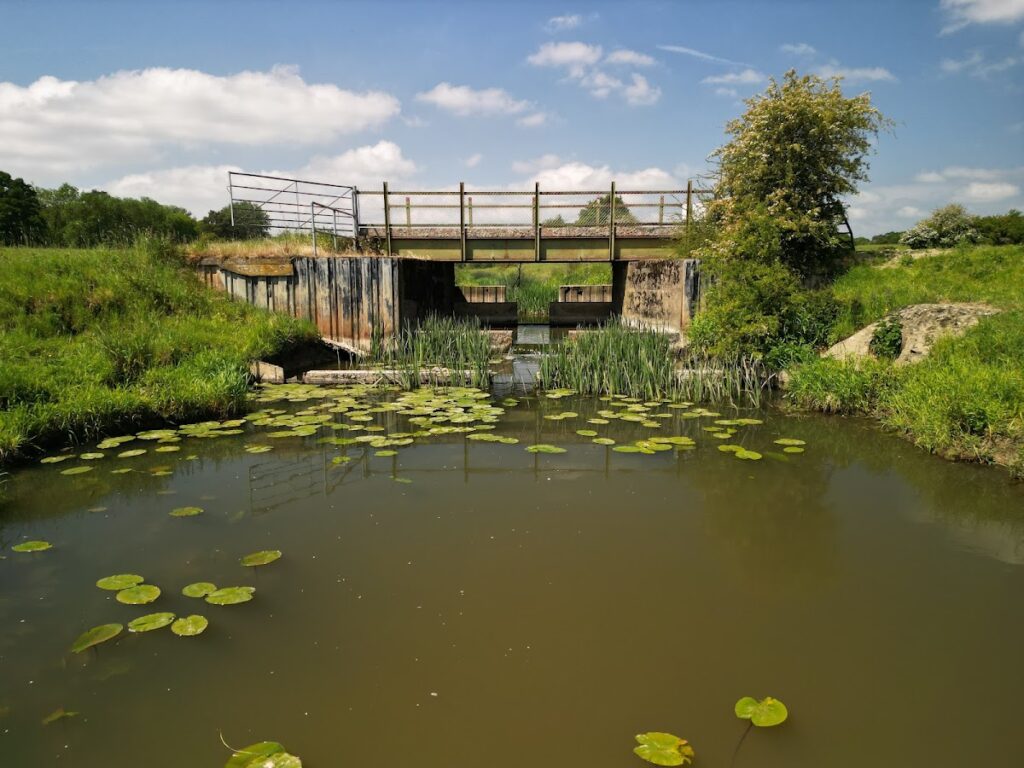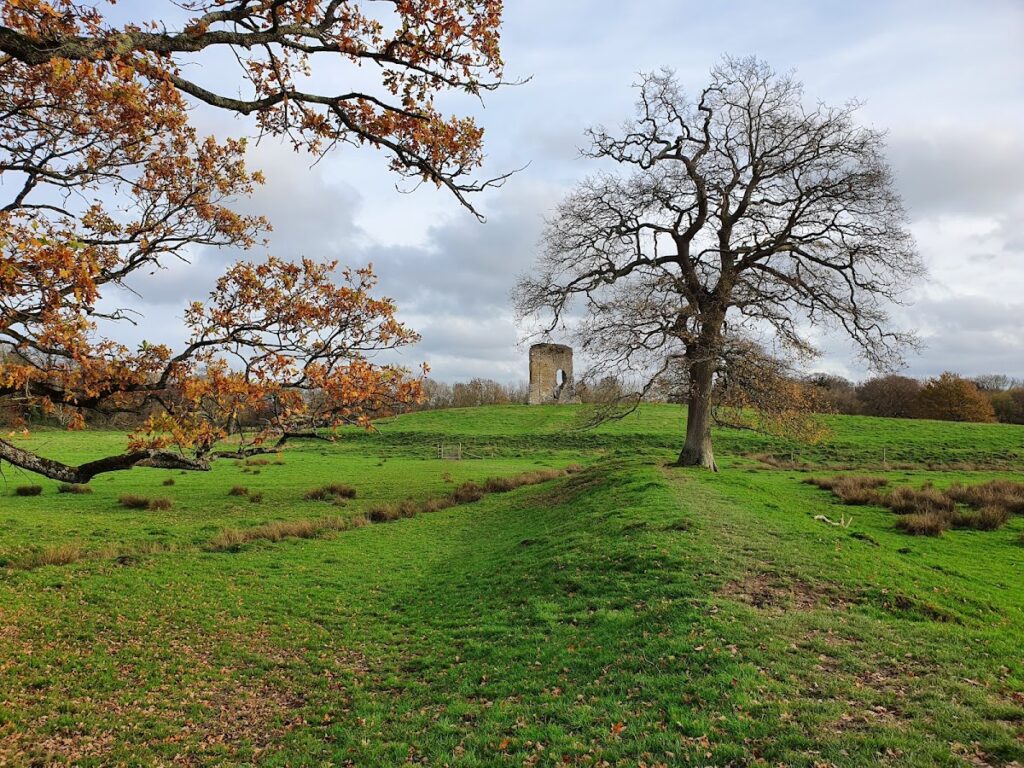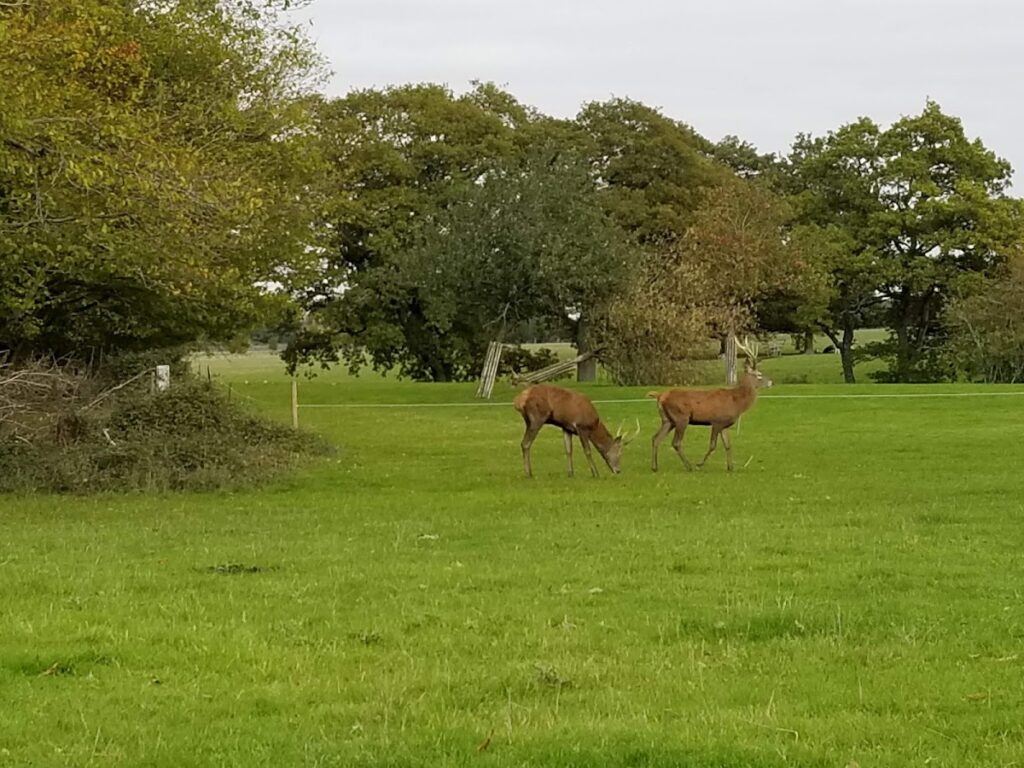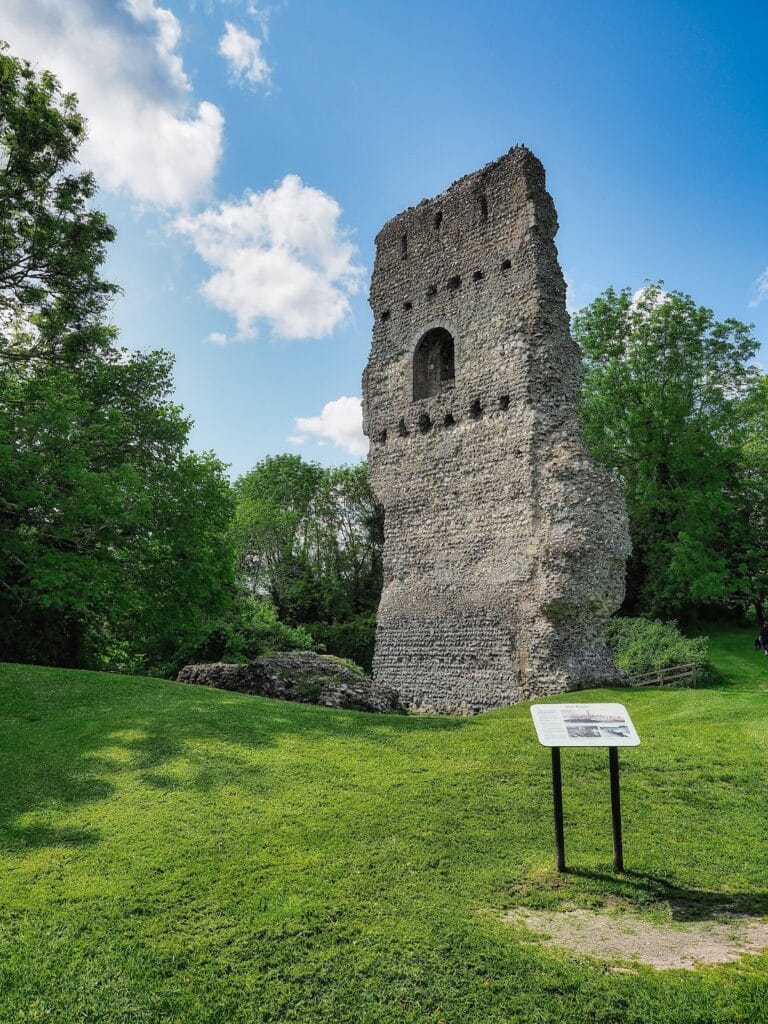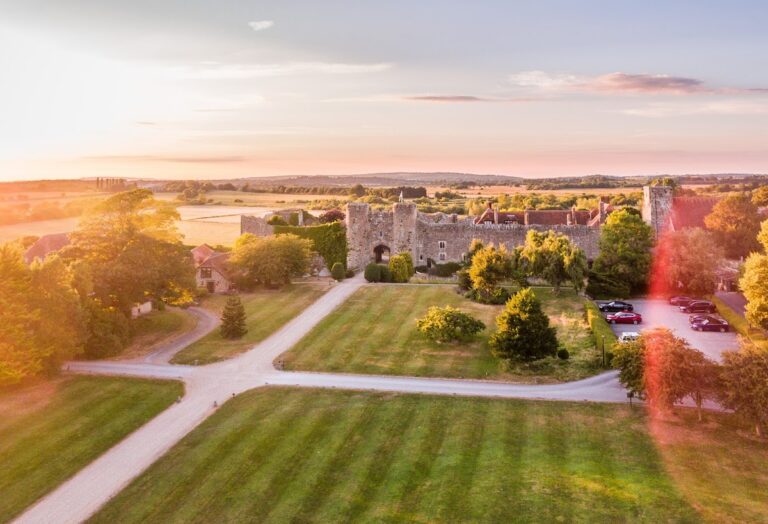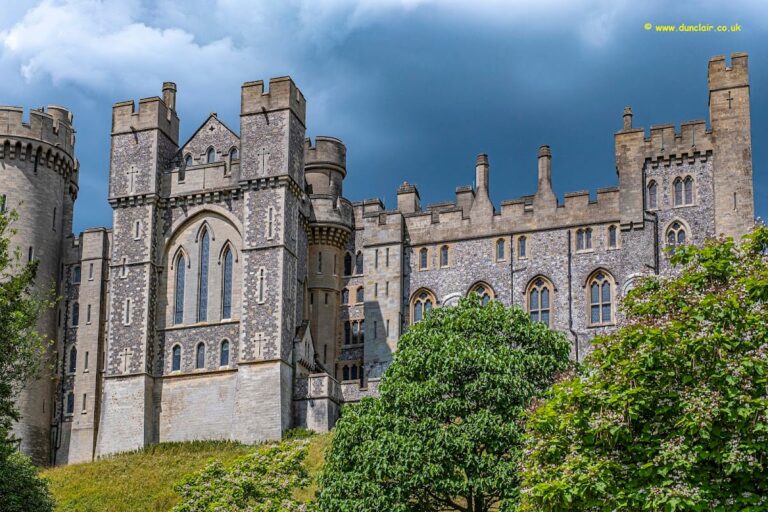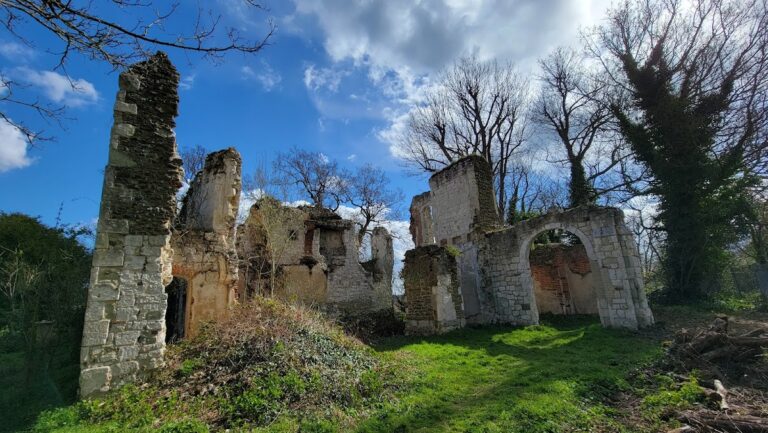Knepp Castle: A Medieval Norman Fortress in England
Visitor Information
Google Rating: 4.7
Popularity: Low
Google Maps: View on Google Maps
Country: United Kingdom
Civilization: Unclassified
Remains: Military
History
Knepp Castle is located near Horsham in what is now England, and it was established by the medieval Norman civilization. Its origins trace back to the 12th century when William de Braose, the 1st Lord of Bramber, founded the castle within the historical territory known as the Rape of Bramber in Sussex.
The castle first gained prominence through its association with the Braose family, especially William de Braose, the 4th Lord of Bramber, who was a favored noble under King John. However, tensions arose between William and the king, leading John to seize control of Knepp Castle and Braose lands in 1208. Following the confiscation, King John repurposed Knepp as a royal hunting lodge, and records confirm his presence there on at least one occasion in April 1211. Queen Isabella, wife of King Edward II, also resided at the castle for an extended stay around 1214 to 1215.
During the First Barons’ War (1215–1216), King John ordered Knepp Castle’s destruction on two occasions, instructing Roland Bloett to remove valuable items before setting the castle ablaze. Despite these efforts to dismantle it, the castle remained in use for over a century. It hosted three English monarchs: Henry III in 1218, Edward II in 1324, and Richard II in 1384, indicating its continued strategic or administrative importance.
At one point, the castle was seized by Simon de Montfort, a prominent rebel leader, but ownership was restored to the Braose family later. Over the following centuries, Knepp Castle fell into decline, with serious deterioration accelerating by the early 18th century. Many of its stones were taken for local road construction, reducing much of the structure to ruins.
A lesser-known event linked to the castle was a skirmish near its grounds during the English Civil War. On 19 July 1648, a conflict sometimes called the “Battle of Knepp” took place nearby and may have caused damage contributing to the castle’s eventual abandonment.
The manor of Knepp, with which the castle’s ownership was connected, changed hands in 1788 when Sir Charles Raymond acquired it, later passing to the Burrell family. During the 18th and 19th centuries, antiquarians noted the castle ruins were neglected and suffered from stone removal. Efforts to protect the remains were made in the early 19th century by Sir Charles Burrell, who reinforced and fenced the site.
It is important to distinguish the medieval castle from a nearby Gothic Revival mansion also known as Knepp Castle. This mansion was designed and built in the early 19th century by architect John Nash for Sir Charles Merrik Burrell.
In more recent times, the site gained official heritage recognition, becoming a scheduled monument in 1951, with the surviving motte wall earning Grade II listed status in 1959. Damage was reported to the castle’s mound in the early 1960s. Archaeological investigations funded by the Society for Medieval Archaeology in 2021 and 2022 aimed to find traces of burning related to King John’s orders but did not confirm any fire damage. Instead, these surveys uncovered possible buried remains beneath the surface.
Today, the land surrounding the castle forms part of Knepp Wildland, a large-scale ecological restoration project established on 1,400 hectares of former farmland once owned by the Burrell family, linking the site’s medieval past to contemporary environmental efforts.
Remains
Knepp Castle occupies an oval-shaped earthen mound called a motte, which was created by reshaping a natural feature to provide a raised defensive platform. This mound is surrounded by a ditch and earth banks, or ramparts. The ditch was historically supplied with water from a nearby pond, forming a moat that held water into the early 1700s. A surviving causeway crosses this moat, extending westward from the castle, allowing controlled access to the site. This causeway remains an integral part of the protected scheduled monument area.
The castle’s visible remains today mainly consist of a single, substantial wall standing approximately 11 meters tall, stretching 9.5 meters in length and around 2.5 meters thick. The wall is constructed using Horsham Stone, a type of regional sandstone. The presence of a doorway at its base, topped by an opening above, suggests this wall formed the northern end of the west side of a tower or keep within the castle. This fragment thus offers insight into the castle’s vertical defensive structures.
Documents from the 13th and 14th centuries mention various domestic buildings within the castle complex, including a chapel, a main hall, and stables. These indicate that Knepp Castle was more than a military installation, serving residential and religious functions as well. However, the spatial layout or connectivity of these buildings remains unrecorded.
Over time, much of the castle’s stone was repurposed, contributing to the fragmentary nature of the ruins observed today. Early 19th-century interventions by Sir Charles Burrell attempted to stabilize and protect what remained, reinforcing the ruins and enclosing them with fencing to reduce further erosion and vandalism.
While archaeological efforts have yet to uncover certain expected features such as evidence of medieval burning, the surviving earthworks and the imposing stone wall provide a tangible link to Knepp Castle’s medieval origins and later phases of occupation.
